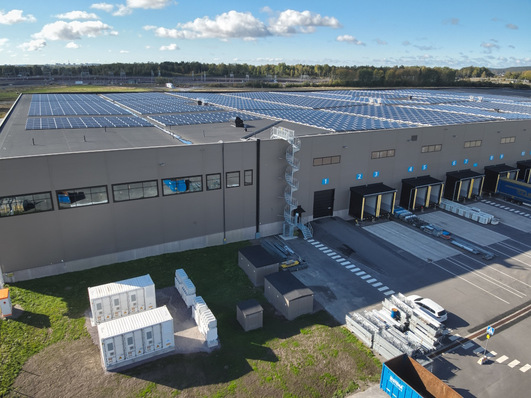Low-voltage protection has to be installed as per regulations, likewise the monitoring units, the metres and access to the Internet (if needed). Usually, low-voltage protection is already built into the storage system.
It is almost impossible to wrongly connect the phases and DC poles. Although it is said to have happened – and at the hand of a master electrician. Most systems come pre-assembled, the correct cables are included in the shipment and already connected (at least to the battery). The only thing missing is the connection to the battery inverter or the charge controller (if separate), the connection to the string inverter (for AC systems) or to the solar strings (for DC systems).
Online registration needed?
The next step is connecting the unit to the grid and registering it with the online platform of the manufacturer (if available). And do not forget to correctly install the emergency power function, if desired by the customer and available for the system in question.
In electricity storage, fully pre-assembled systems are the norm. Or to put it another way: Definitely avoid home-made storage solutions. Only trained specialist electricians may install and start up storage systems. The manufacturers in their role as system suppliers are more liable than the technician or installing company, since they merely connect the system for the customer.
Where to install the net meter?
Connecting the battery system to the grid usually poses few problems, whereas finding a place and then installing the meter can prove difficult. The key is to integrate the meter into the building’s installations in such a way that it can exactly record the electricity that is both consumed by the of the customer and produced by the solar array.
The produced power can be fairly simply displayed by the inverter that is part of the PV installation. Doing the same for consumption can be a little tricky if the building installation is not structured properly or if there is an outbuilding with a separate meter. (HS)
Stay informed, get our newsletter twice a week: Register here.







